In this article
Year 12 Physics Textbook Review
Thinking about buying a Year 12 Physics textbook?
As Physics is a conceptually challenging subject, it’s important to be learning from high quality, in-depth resources that provide easy to understand explanations. During Year 12, I found the textbook my school provided was not sufficient and I had to search for additional online resources to help my learning.
In this article, I review three Physics textbooks based on their content, clarity, questions, structure, and ease of use.
Year 12 Physics textbook review
The three most common Year 12 Physics textbooks used by schools in New South Wales are:
- Jacaranda Physics 12 4E for NSW
- Physics in Focus Year 12
- Pearson Physics 12 New South Wales

Summary
The table below provides a quick comparison of the three common Year 12 Physics textbooks. When quantitative data is unavailable, an objective rating system of 1 to 5 has been used (where 1 represents poor and 5 represents excellent).
| Feature | Jacaranda Physics | Physics in Focus | Pearson Physics |
| Cost | $89.95 | $79.95 | $83.95 |
| Weight | 1.2 kg | 1.1 kg | 1.3 kg |
| Content | |||
| Scientific skills | ★☆☆☆☆ | ★★★★☆ | ★★☆☆☆ |
| Question volume and variety | ★★★☆☆ | ★★★☆☆ | ★★★★☆ |
| Practice exam papers | No | No | No |
| Online version | Yes | Yes | Yes |
Cost
I was lucky enough to have the cost of my Physics textbook covered by my school. However, a small caveat to this was the fact that I had to return the textbook at the end of the year, which meant I could not annotate or highlight key concepts in the book.
It’s no secret that a textbook’s cost greatly impacts whether or not you will purchase it. Buying expensive textbooks can be an investment, especially considering you will only hold on to them for a year!
All three textbooks are similarly priced. Physics in Focus is the cheapest at $79.95. Pearson Physics costs $83.95. Jacaranda Physics is the most expensive at $89.95.
Weight
I was required to carry my Physics textbook with me to school every day with my other textbooks for other subjects which was quite a physical burden.
An online or digital resource would have been great to save me from carrying bulky books.
While the other two textbooks are on the lighter side, they are still both heavier than the Surface Pro 6! Physics in Focus adds 1.1 kilograms to your school bag, and Jacaranda Physics adds 1.2 kilograms.
Content
The table below compares the content of the three textbooks in terms of clarity, depth and structure.
| Jacaranda Physics | Physics in Focus | Pearson Physics | |
| Clarity | ★★★☆☆ | ★★★★☆ | ★★★☆☆ |
| Depth | ★★★☆☆ | ★★☆☆☆ | ★★★☆☆ |
| Structure | ★★★☆☆ | ★★★☆☆ | ★★★☆☆ |
Clarity
Content in the Jacaranda textbook was presented in the clearest manner, which helped me to understand more about Physics in a shorter time frame. Whilst Physics in Focus and Pearson present accurate and relevant information, their explanations can sometimes be convoluted, as they jump back and forth between multiple concepts. An example of this is the textbooks’ explanation of key concepts of special relativity.
I found that the Physics in Focus and Pearson textbooks were better in improving the clarity of their content through their use of clear and well-labelled diagrams.
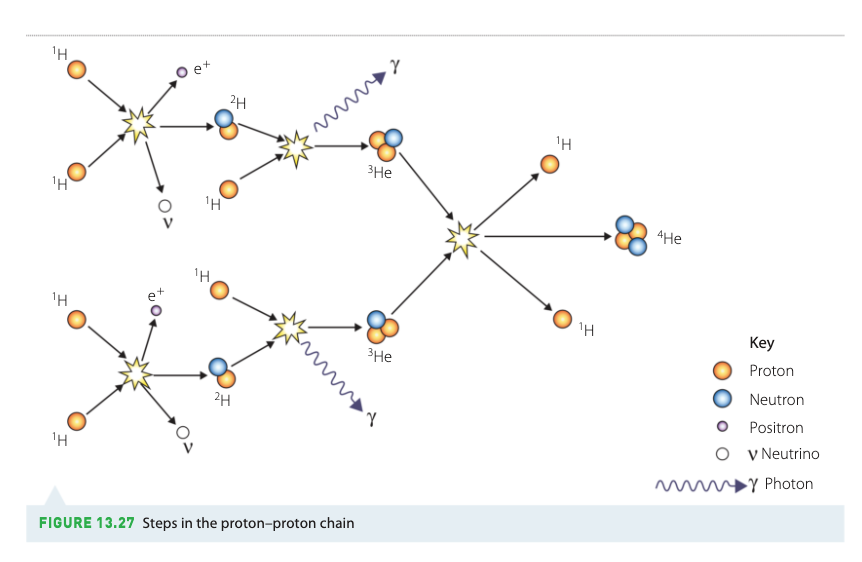
One thing I disliked about the Jacaranda’s textbook is its presentation of their mathematical expressions. They are messy and difficult to follow as the equations were neither left-aligned or centre-aligned (as shown below).
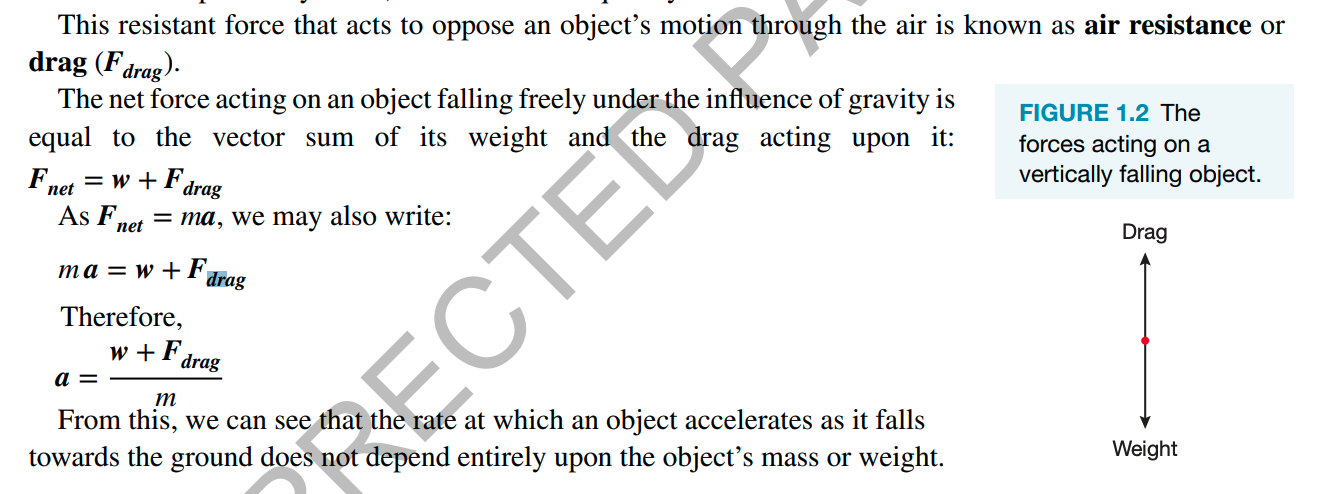
The Jacaranda textbook additionally uses blue text on a blue background in their sample problem solutions. I find that this is not easy to read.
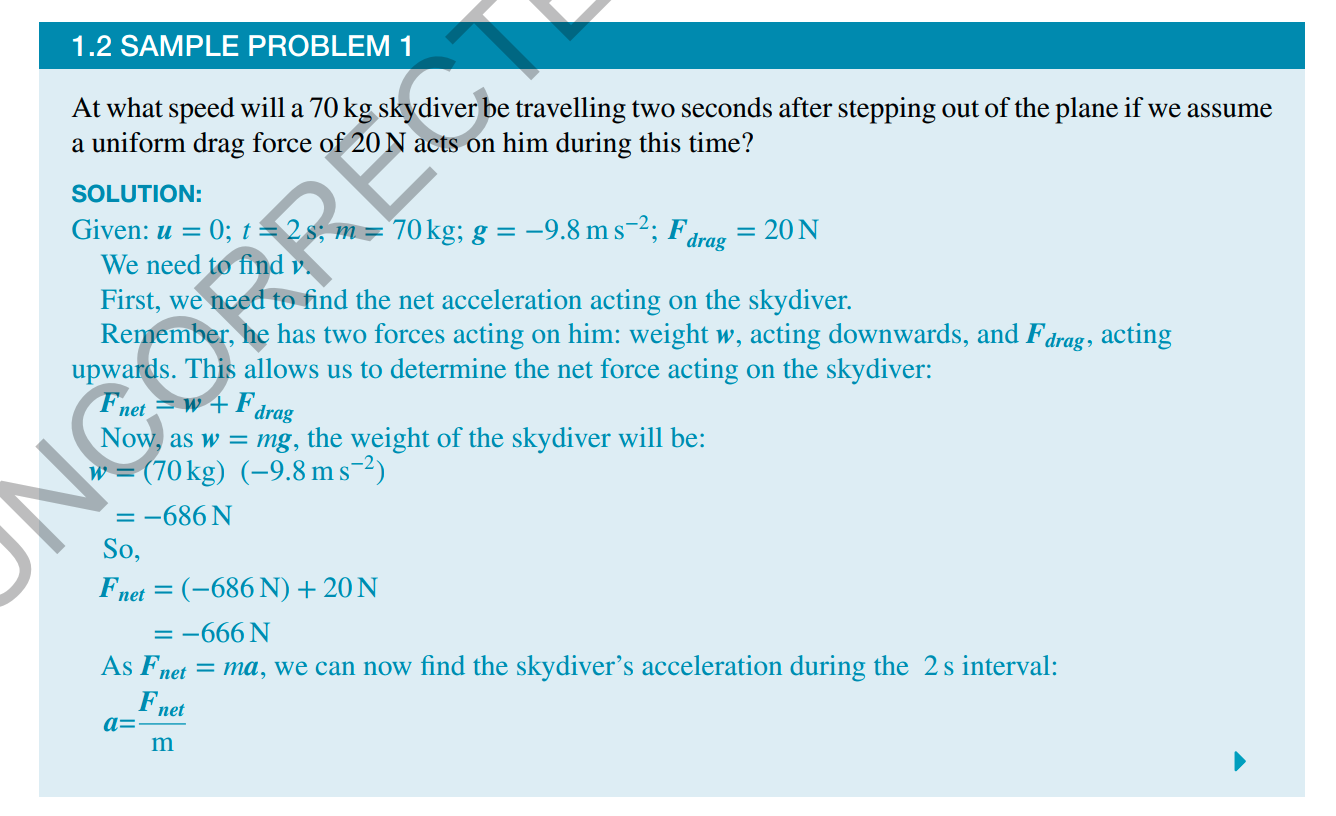
Depth
All three textbooks did not treat conceptually challenging topics/concepts in sufficient depth and detail. For example, Kepler’s first and second laws are not discussed in detail.
- Physics in Focus and Jacaranda Physics covered all three Kepler’s laws in just under two pages. They did not introduce the concepts ‘aphelion’ and ‘perihelion’ and failed to explain how the energy of an object in elliptical orbits change.
- Pearson Physics covered Kepler’s laws in one page and did not provide any explanation that would help students gain an in- depth understanding.
If I had relied on the textbooks for the 2020 HSC Physics Exam, I would have not been able to answer Question 31a shown below.
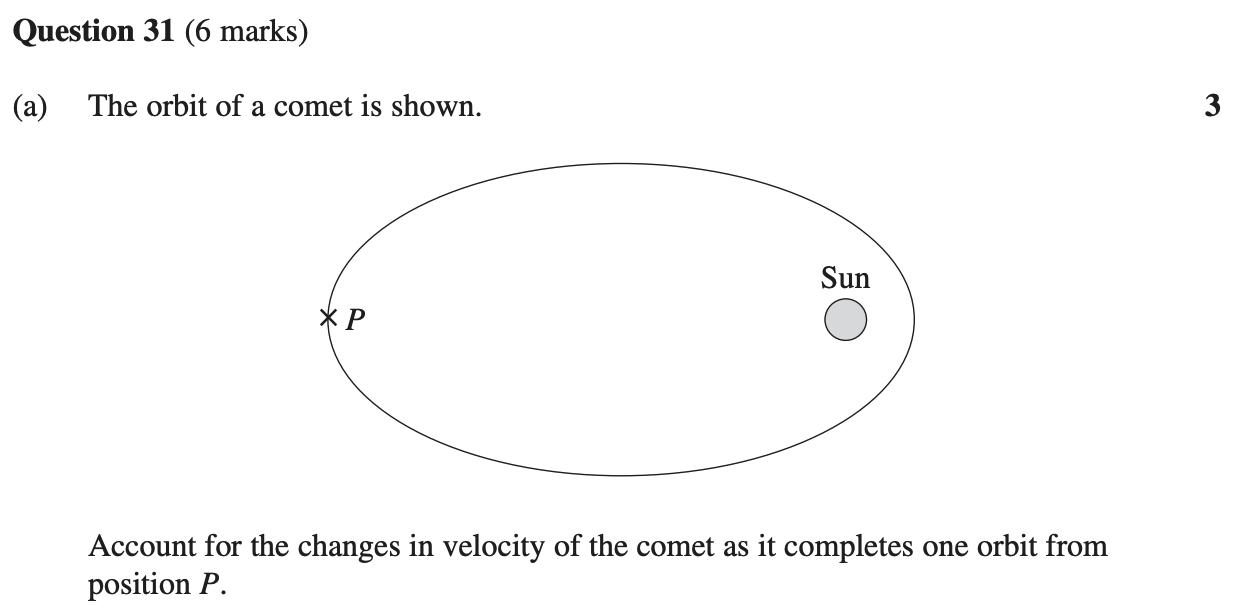
This question requires you to apply Kepler’s Second law to account for the changes in velocity in an elliptical orbit. Without an in-depth understanding of Kepler’s second law, you would not be able to answer the question correctly.
All three textbooks provide you with supplementary information to contextualise the concepts you are learning.
I found Jacaranda Physics covered the content in more depth than the other textbooks.
Pearson Physics and Jacaranda Physics differentiate their supplementary information from the syllabus content using colourful content boxes. Physics in Focus does not make this distinction. An example of Pearson’s supplementary information is shown below:
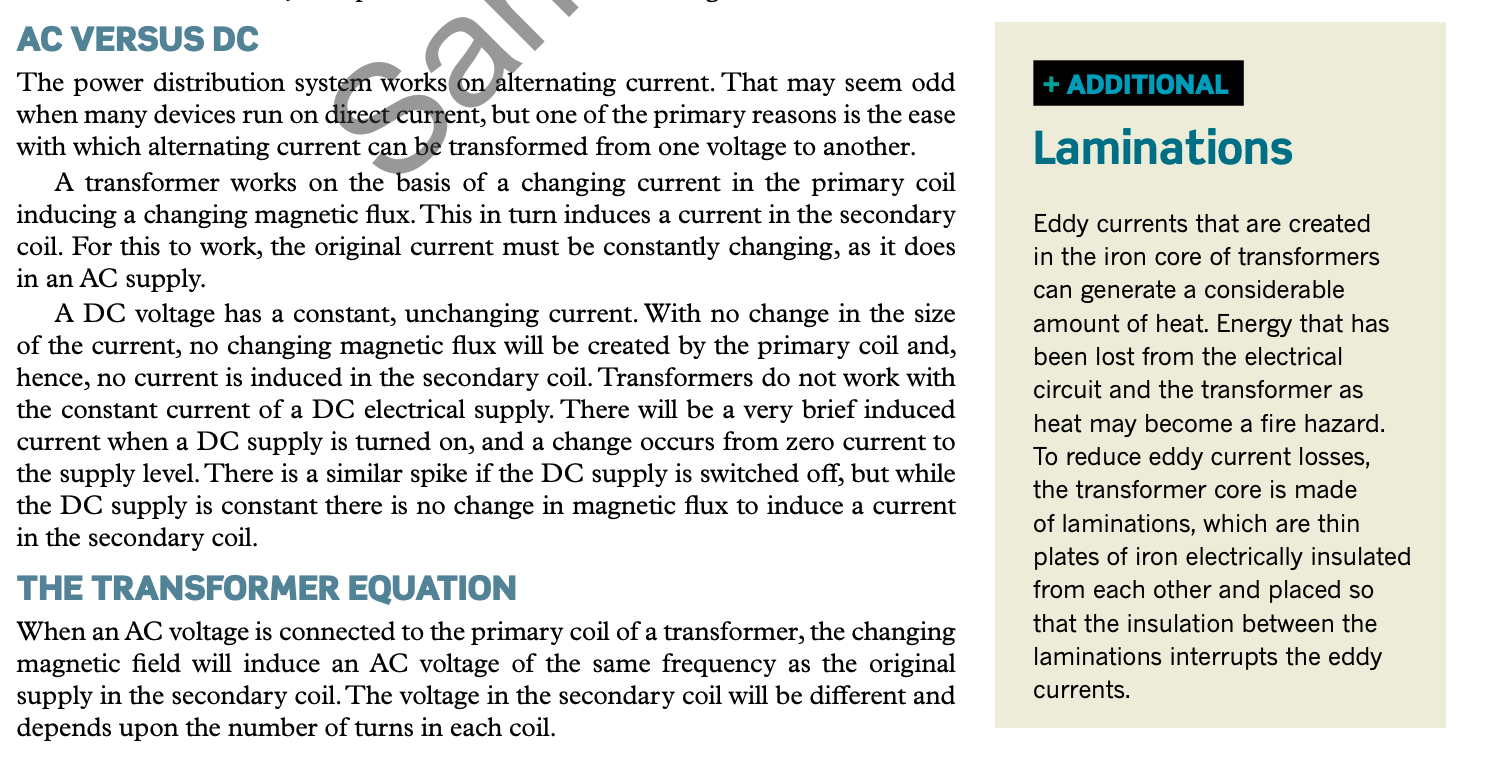
Although the supplementary information was interesting, most students may find it time-wasting if it’s not relevant to exams.
Structure
All three textbooks are syllabus compliant and their contents follow the order of the syllabus topics.
I found the order of topics presented in all the textbooks to be not logical.
A snippet from Physics in Focus’ table of contents is shown below. Both the Pearson and Jacaranda textbook also follow this structure.
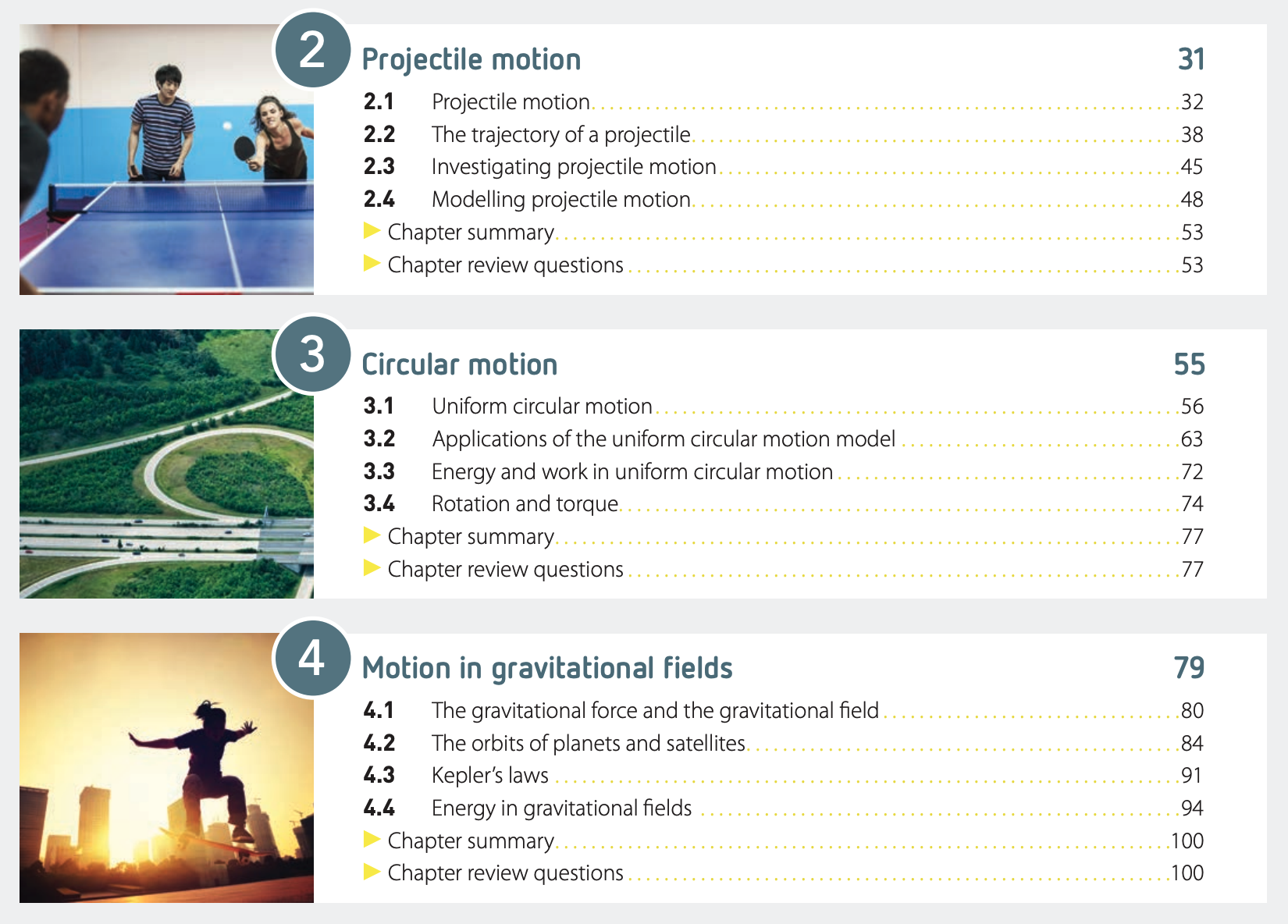
Most schools and students do not follow these textbooks in order. My teacher at school did not teach the content in the order presented by the textbook. For example, whilst the syllabus covers the topic ‘projectile motion’ before the topic ‘gravitational fields’, my teacher taught it in the reverse order, as he thought this was a more logical approach to understanding the subject. Trying to learn ahead of my peers was difficult as the order of content learned seems to differ from teacher to teacher. Ideally an all-in-one resource would have the content structured and presented in a way that was easiest for the student to understand.
Scientific investigations
Practical investigations are important as they are compulsory and can weigh up to 60% of your overall school assessment mark depending on your school. Students must be able to demonstrate the scientific skills required for planning and conducting practical investigations. A resource that claims to address the syllabus should cover this component thoroughly with sample practical report.
The Jacaranda textbook does not include information relating to practical investigations which is a concern.
I found Physics in Focus to have the most detailed and syllabus-specific practical investigations.
Physics in Focus includes syllabus-specific practical investigations. It also contains a chapter on depth studies, and sporadically injects depth study ideas throughout the content.
Although Pearson Physics also has a chapter to practical investigations, they mainly talk about the techniques used to conduct practical investigations. They do not provide as many practical investigation examples as Physics in Focus.
A sample practical investigation from Physics in Focus is shown below.
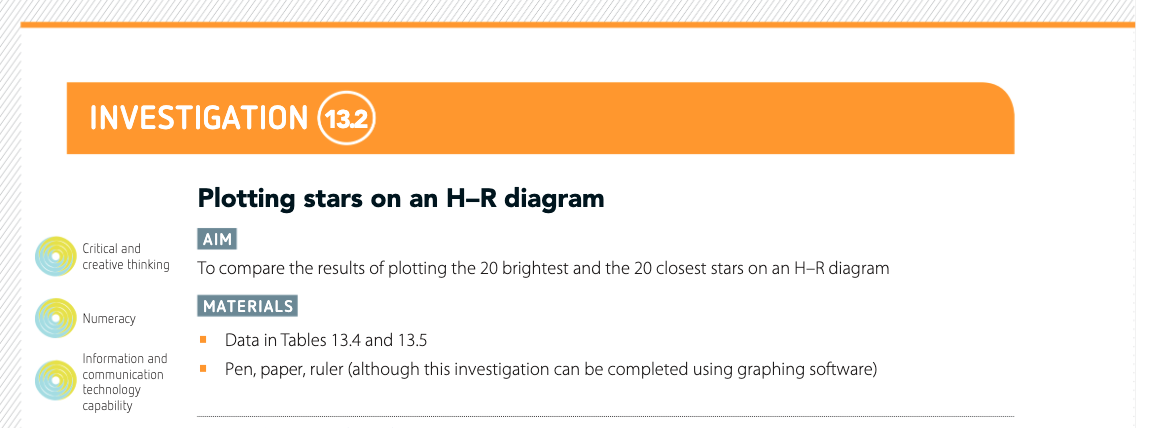
Questions
Volume and Variety
Textbooks or resources should not only provide you with specific and structured content, but also a large variety of questions to test your depth of understanding. This is a key point of differentiation in my comparison between these three textbooks.
| Jacaranda Physics | Physics in Focus | Pearson Physics | |
| Number of Questions | 647 | 919 | 806 |
| Multiple Choice | No | No | Yes |
| Extended Response | Yes | Yes | Yes |
Physics in Focus contains the most number of questions, at 919. Pearson Physics has the second most, at 806 and Jacaranda Physics has the least, at 647.
Pearson Physics is the only textbook to contain multiple choice questions in some of their review questions.
Both the Jacaranda and the Physics in Focus textbooks do not contain multiple choice questions in any of their subchapter, chapter or module reviews. An example of Jacaranda’s review questions is shown below:
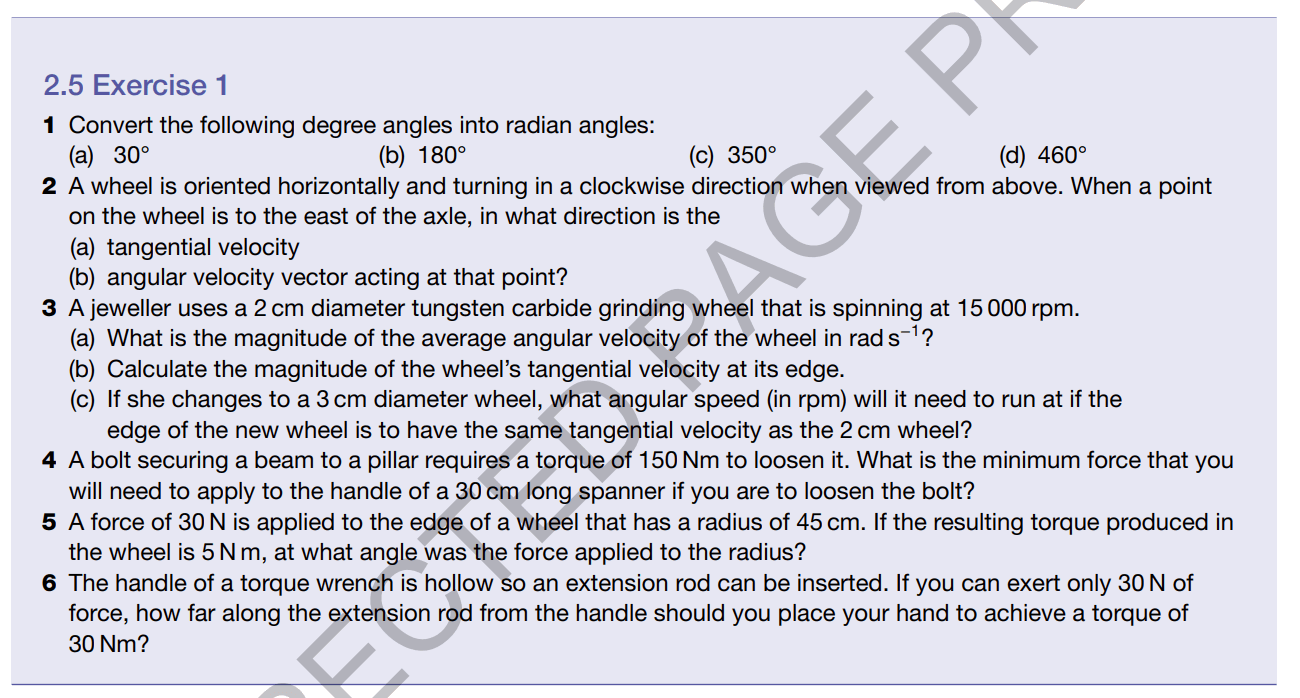
Solutions
The Pearson textbook is the only one to contain answers for long-response questions. In contrast, the Jacaranda textbook only provides solutions for numerical questions and the Physics in Focus textbook only provides basic solutions for long-response questions with the solutions being one line at most. Answering questions in the book seemed pointless if I couldn’t learn how to write a Band 6 response.
A screenshot of the solutions for the Jacaranda Physics review questions pictured above is shown below:

Throughout my HSC, I often completed practice questions from a textbook only to find out that the answers were not detailed enough. It made it tough for me to understand whether or not my responses were accurate or of Band 6 level.
Additionally, both textbooks contain no practice exam papers and require you to either purchase their supplementary resources or new resources all together.
Accessibility
As a student, you probably want the flexibility to use your textbook in different environments. This may include study trips to cafes, or long days at a library. In these different environments, carrying a large, heavy textbook may not be ideal.
Luckily, all three textbooks provided me with an online version on purchase, which I then used in flexible contexts. However, I found that the digital platforms were frustrating to use. They didn’t provide me with internal links, or an ability to continuously scroll. This made it hard for me to quickly find the information I was looking for. I also struggled to make annotations, flag certain pages or highlight key concepts like I would with a physical textbook.
My Preference
In hindsight, the textbooks were not that useful and often I had to refer to other resources to address learning needs. An all-in-one resource would have saved me a lot of time during my stressful HSC year.
However, if I had to choose a Year 12 Physics textbook, I would choose Physics in Focus.
Other additional resources I used in Year 12
In addition to a textbook, I used other online resources such as Wikipedia and Phet to fill my learning gaps. Specifically:
- I used Wikipedia where my textbook did not provide me with the information I wanted in a clear and concise manner.
- I used Phet to enhance my understanding of Physics phenomena in the real-world.
The ability to access information at the click of a button was the biggest appeal for me to use online resources.
However, there were limitations to using these free online resources.
- Wikipedia was not syllabus specific.
- I often got distracted using Phet, playing around with simulations that were not relevant to the HSC.
Looking for all-in-one resources? Learnable is all you need to achieve a Band 6 in Physics.
Learnable is a high-quality, interactive resource designed for students and teachers. It’s all you need to achieve a Band 6 in Physics.
Here is a summary of the features of Learnable:
| Feature | Textbooks | Free online resources | Learnable |
| Syllabus specific theory content | ✓ | ? | ✓ |
| Regular content updates and improvements | ✗ | ✓ | ✓ |
| Accessible via any internet enabled device | ✓(eBook version) | ✓ | ✓ |
| Interactive concept checks | ✗ | ✗ | ✓ |
| Customisable quizzes with instant feedback | ✗ | ✗ | ✓ |
| Real exam simulation | ✗ | ✗ | ✓ |
| Intelligent reporting for progress tracking | ✗ | ✗ | ✓ |
Learnable Education and www.learnable.education, 2019. Unauthorised use and/or duplications of this material without express and written permission from this site's author and/or owner is strictly prohibited. Excerpts and links may be used, provided that full and clear credit is given to Learnable Education and www.learnable.education with appropriate and specific direction to the original content.